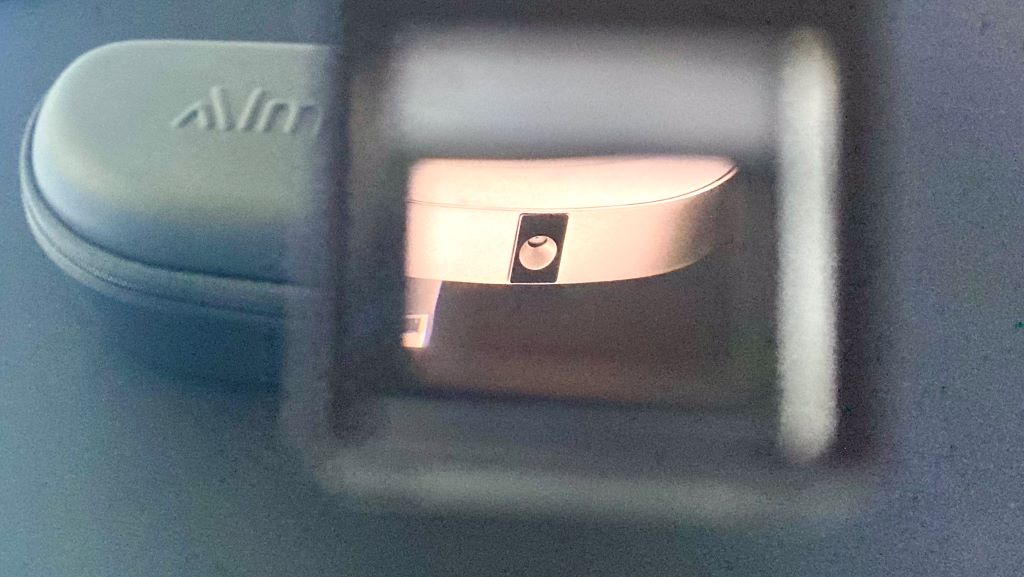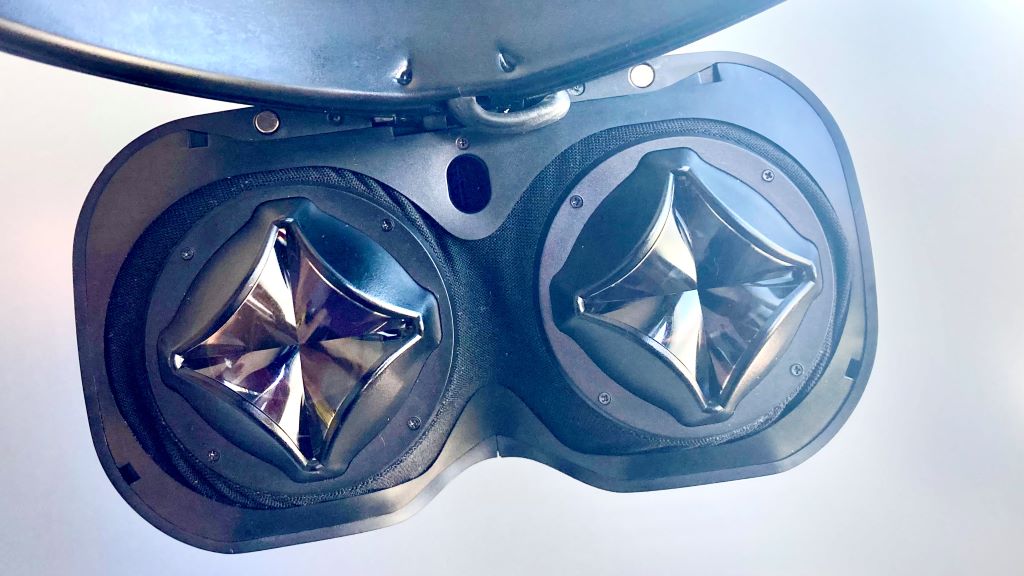How to build spatial computing devices for enterprise users

|
Getting your Trinity Audio player ready...
|
Spatial computing devices turn the world into your desktop and make business teams feel like they are in the same room. Extended reality (XR) – which includes virtual, augmented, and mixed reality experiences – gives enterprises new and more efficient ways of doing things across their organizations.
Developments in spatial computing hardware and know-how enable developers to build digital collaboration tools in 3D, enable remote product design, support expert-led maintenance, and provide numerous training opportunities – to give just a few examples.
But what does it take to build enterprise-grade spatial computing devices? And how can business users leverage these features to improve their operations and benefit from one of the next big trends in business technology?
Putting spatial computing devices to the test
To answer those questions, TechHQ traveled to Austria to meet OEMs and discuss the challenges and opportunities that XR brings to the table. Back in 2022, Qualcomm announced that it was opening six new labs in Europe to support the development of spatial computing devices and applications.
The list of locations included offices in Vienna, where this writer had the chance to try out some of the XR products that are appearing on the market supported by Qualcomm’s Snapdragon family of processors.
Mobile technology has come on leaps and bounds in recent years, and spatial computing devices are sometimes described as wearable smartphones. However, there’s a lot more to developing XR hardware than simply putting a head strap on an iPhone or Android device.
For example, while concentrating chip functions into a single device might make sense for mobile phone developers, smart glass manufacturers have additional design needs. Not only do smart glasses need to be compact and lightweight, they need to balance on the wearer’s ears and nose.
Recognizing this, Qualcomm provides a three-chip solution. The main processor, no bigger than a fingernail, is sized to sit inside one arm of a spectacle-based XR design. The augmented reality co-processor fits within the nose bridge, and the remaining arm houses the connectivity elements.
Speedy boarding in virtual worlds: Advances in spatial computing hint at the future. @qualcomm https://t.co/ZIJaokYcNW pic.twitter.com/5EbvqStI9N
— TechHQ (@techhq) September 25, 2023
Not only does the arrangement help in realizing hardware that’s well balanced, it avoids having lots of wires running to and from a single central chip. The three-part design follows a logical progression and reduces the length of internal hardware connections. In fact, the layout has 45% fewer wires compared with having a single chip, according to the developers.
Spatial computing device makers can make use of other hardware – such as a nearby router, smartwatch, tablet, phone, or laptop – to keep head-worn products as light as possible. “Distributed processing leverages the devices that are surrounding the person,” Jerome Jacqmin, a senior member of Qualcomm’s European XR team, told attendees at the spatial computing event in Vienna.
Jacqmin points out that advances in wireless communications cut the cord. Extremely high throughput protocols deliver high data rates between devices, leaving users free to walk around and explore their digitally enhanced environments. Video presentations showed how virtual flames could be added to real-world industrial scenes to support fire safety training, and there’s no shortage of possibilities for developers.
Earlier this year, Israeli firm Sightful launched what it dubs a ‘Spacetop’ – a headless computer that does away with having a physical 2D display and uses AR glasses instead. The arrangement gives users access to a giant 100” screen, which can show multiple computing windows simultaneously. It’s both easy to transport and keeps on-screen data safe from prying eyes.
OEMs present in Vienna at the Qualcomm XR Labs event included Swiss AR glasses developer Almer. The firm specializes in lightweight AR glasses for industrial remote support applications. Wearing the unit, one of the first things you notice is how comfortable it is.

Almer Technologies up close: digital data on demand thanks to a high-resolution, headset-mounted OLED display. Image credit: JT
The Almer headset, which has a ski goggles-style elastic strap, weighs just 130 g and has a run time of 8 hours. Digital images are provided by a full HD OLED display, and you adapt quickly to having the extra information overlaid on top of your field of view.
Units in the market are helping industrial customers to maintain complex machines. Sebastian Beetschen – CEO of Almer Technologies – comments that advantages include not just operational improvements, but environmental savings too. Travel can be reduced by 85% – minimizing delays in getting production equipment back up and running and avoiding emissions associated with site visits.
There’s a lot of innovation happening in the XR space. Spatial computing developers to watch include Lynx, which enables mixed-reality for professionals and consumers. The in-house designed hardware offered one of the most responsive hand-tracking experiences that this author has witnessed so far.
Responsive hand-tracking enables XR applications to be used without controllers.
Another feature that stands out when looking at the Lynx spatial computing device is the lens design. France is home to a number of cutting-edge optics and photonics developers, and the Paris-based firm has managed to bring something that even tech giants such as Meta or Apple don’t have on their XR headsets.
Lynx’s approach takes XR headset lens design to the next level. Plus, the unit boasts video pass-through that is both realistic, thanks to color correction, and low-latency. The fast response rate of the video feed is key to helping users stay on top of what’s happening around them.

Lynx lens: OEMs are combining optics expertise with high-performance hardware to produce enterprise-grade spatial computing devices. Image credit: JT
In fact, in a ‘don’t try this at home moment’, Lynx’s founder and CEO – Stan Larroque – posted a video of himself skiing wearing the mixed reality headset. In an enterprise setting, video pass-through allows users to see their actual workspace, and virtual elements can be brought into the picture too.
Medical professionals are taking an interest in the technology to help them practice ahead of complicated operations. And, as we’ve written about previously on TechHQ, mixed reality can combine real-world controls with virtual environments to dramatically reduce the cost of getting staff up to speed on how to operate large machinery such as giant construction vehicles and cranes.
On its website, Lynx writes that its spatial computing devices are available for delivery in October. And the independent OEM badges its mixed reality products as offering ‘data privacy by design’.
XR hardware opens up lots of possibilities for business users, but video pass-through also brings head-mounted cameras into the workplace, which makes it important to know whether information leaves the device and how it’s processed.
Disclosure: the invitation to visit Qualcomm’s XR Labs event in Vienna included travel (Economy) and overnight accommodation.









